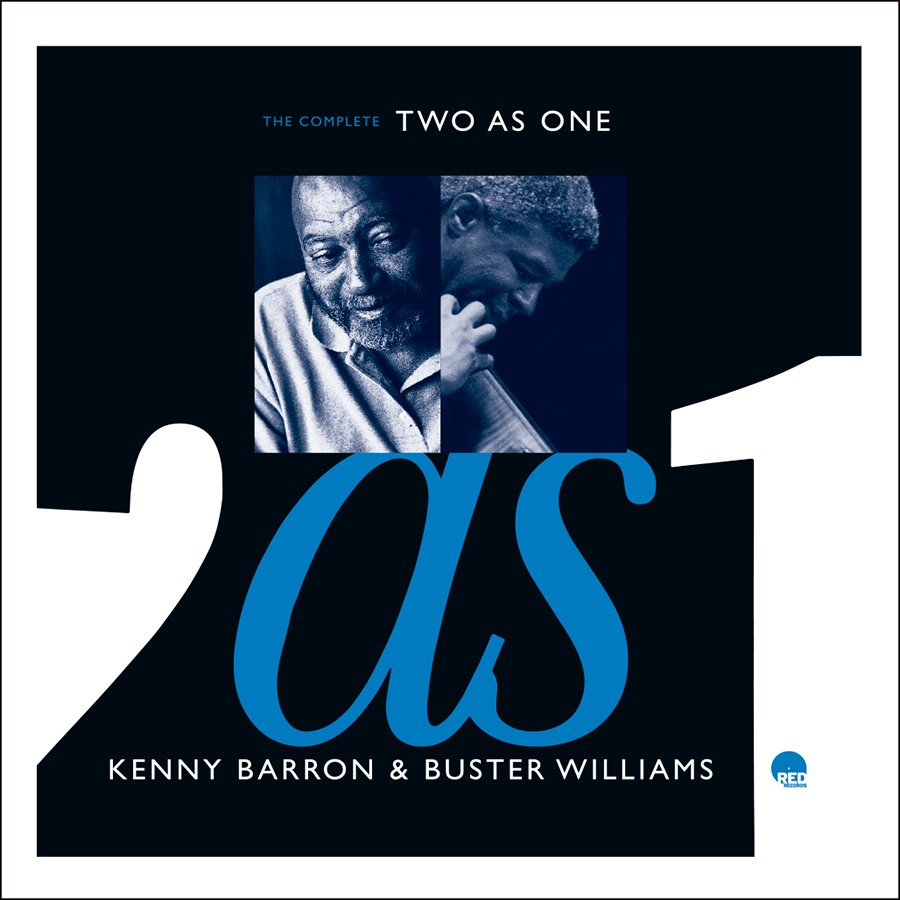Toothfairy
New Member
- Joined
- Apr 22, 2024
- Messages
- 1
- Likes
- 1
Hi, new to this forum and i don't know if this is proper etiquette to talk about other brand in this forumn.
There seemed to be alot of loyalty or many fans to this brand. I am looking to buy a new pair of towers( I have a emotiva t2) and I learned about this model through YouTube and I was getting excited about this speaker. However as I read more and more I find myself thinking is it worth spending almost 7k on this pair or should I spend alot less on a arendal 1723 or even a martin Logan xt100. Are there anyone here that have experienced with arendal 1723 and is there a real difference between this and the r11. R11 build quality seemed be a little inferior to the 1723 but the esthetics of the r11 and the martin Logan xt 100 is much better looking imo. Can anyone offer their 2 cent about this. Thanks
There seemed to be alot of loyalty or many fans to this brand. I am looking to buy a new pair of towers( I have a emotiva t2) and I learned about this model through YouTube and I was getting excited about this speaker. However as I read more and more I find myself thinking is it worth spending almost 7k on this pair or should I spend alot less on a arendal 1723 or even a martin Logan xt100. Are there anyone here that have experienced with arendal 1723 and is there a real difference between this and the r11. R11 build quality seemed be a little inferior to the 1723 but the esthetics of the r11 and the martin Logan xt 100 is much better looking imo. Can anyone offer their 2 cent about this. Thanks

